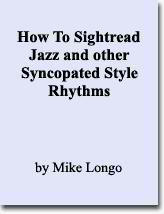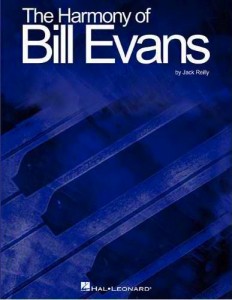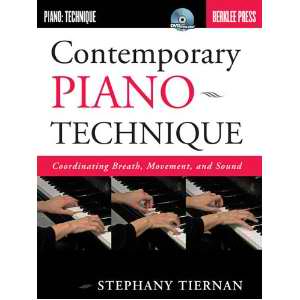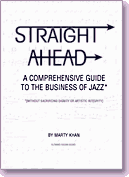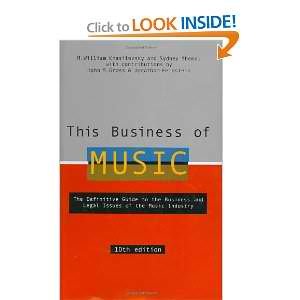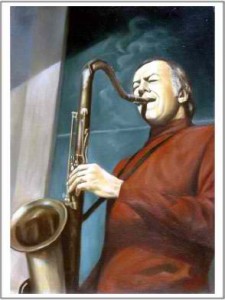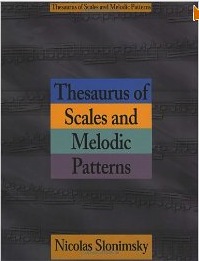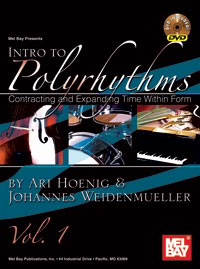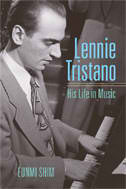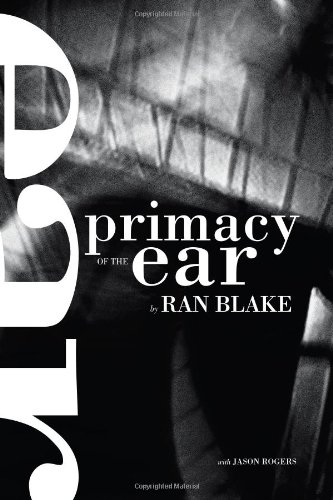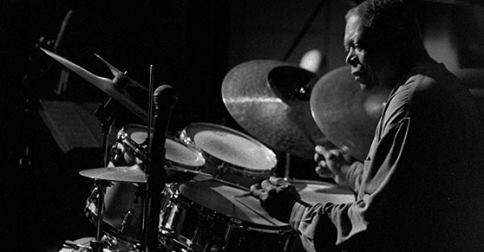Recommended
Click on image to Buy
So many of the great pianists and teachers have come out of Poland and Russia (Rubinstein, Anton as well as Arthur, Leschetizky, Paderewski, the Lhevinnes, Gilels, Richter, and others), yet we know little about their methods of learning and teaching. George Kochevitsky in The Art of Piano Playing supplies some important sources of information previously unavailable in this country. Russian sources alone occupy four columns of his bibliography on ‘History and Theory of Pianism.’ Additionally there are six columns of German sources and seven columns of sources in English. From these sources, tempered by this own thinking, Kochevitsky has formulated a scientific approach that can solve most problems of piano playing and teaching. George Kochevitsky graduated in 1930 from Leningrad Conservatory and did post-graduate work at Moscow Conservatory. Coming to the U.S., he has taught privately in New York City, given a number of lectures, and written for various music periodicals.
These two books/CD’s by Mike Longo go a long way toward preserving the rhythmic legacy of Dizzy Gillespie. Revelatory! A must have for every jazz musician!
Learn the difference between rhythm as it developed in Africa and the Eastern part of the world, as opposed to our Western concept of rhythm. You learn to subdivide rhythm according to these Eastern principles along with a method for applying this to professional sight reading which enables you to come up with the exact interpretation of even the most “difficult to read” rhythms the very first time you perform them. As you progress through the course you will become acquainted with the traditional practices of jazz notation as it has been evolved by jazz composers and arrangers in the U.S.A. along with with some amazing insights into the unique type of meter which is exclusive to contemporary jazz.
Dizzy Gillespie Interview – Reveals Secrets of BeBop Rhythm
This little gem from Mike Longo’s interview with his mentor Dizzy Gillespie is full of valuable information that would have been lost by the demise of the Apprenticeship System
A compilation of articles – now revised and expanded – that originally appeared in the quarterly newsletter Letter from Evans, this unique folio features extensive analysis of Evans’ work.
Having had the great fortune to have studied with Madame Chaloff for 6 years I have since often wished she were still around to check that I’m still using my hands correctly. The Madame must have changed her methods to some degree since I was with her as she never mentioned breathing. This was an almost magical revelation to me and worth the price of the book alone.
Drawing on 35 years of experience in virtually every aspect of the jazz and fine arts business, Marty Khan has created a comprehensive guide for jazz musicians and professionals. 450 pages long and printed on high-quality 8 1/2 x 11 stock, this book offers highly detailed information and advice about everything they need to know to successfully navigate the difficult, mysterious, and often treacherous waters of the jazz business. It also focuses strongly on the Fine Arts business, and the role that jazz plays in relation to it.
The bible of the music industry! Now in its tenth edition, This Business of Music has been revised and completely updated to reflect the latest changes in the ever-evolving music business. Every chapter has been revised. An entirely new chapter has been added, asking and answering the question “Are there borders in cyberspace?” The answer is yes, and the book clearly and concisely explains what they are and how to maintain them. Commentary on recent legislation, a reader-friendly summary of the laws on copyright duration, and much more insightful analysis—plus fully updated lists of music organizations and important websites—make This Business of Music indispensable for musicians, agents, managers, marketers, music publishers and groups, colleges and universities, and everyone who wants to make music and make money.
This free on-line book by John Klopotowski opens a wonderful window into the teaching concepts developed by Lennie Tristano. A must read!
Another must for your bookshelves
There has always been an interest in learning odd time signatures. However, most only play in these odd time signatures as a thing in itself. Lennie Tristano and Dizzy both stressed that the challenge is to play them in 4/4!
An absolutely wonderful book by one of my ex-students Eunmi Shim. She managed, like no other author, to capture a strong sense of the jazz scene in NYC during the 40’s. Worth it for that alone.
Ran Blake has managed to preserve the oral tradition while keeping it contemporary. Those who know me will be aware of how much George Kochevytsky has inluenced my teaching, Art of Playing The Piano. Ran’s ear training program fits exactly into his theory that all music is played by ear. It the way I learned how to play. For example, when I was a Berklee student in the 50’s, many of us lived in a five story apartment building at 905 Boylston St., right behing the school. All of us being broke most of the time, when a new Miles Quintet album came out, 10 or 12 of the cats would assemble in the room with the best sound system and we’d play it over & over and all sing the solos together until we could sing everyone of them with the record. Then we’d all try to sing them without the record. Once we had them internalized each of us would return to our respective rooms and try to play them on our instruments, almost exactly in the manner that Ron suggests.
His reference to Pauline Oliveras’s concept of “deep listening” totally endeared me to this book as, without knowing it until I discovered her a couple of years ago, I had come to the same conclusions that most students don’t know the difference between “hearing,” which is passive, and “listening” which is active and focussed.
Every jazz student should have it on their shelves. Hal Galper
********************************************************
Mike Longo’s polemic discussing the the use of metronomes for practicing is too long to print here so I’ve added a link to his on-line article. It is a must read for those who think practicing with the metronome has any practical value. I agree with everything he says!
http://www.mikelongojazz.com/should-you-practice-jazz-with-a-metronome/
……………………………………………….
Add this amazing 2011 dissertation by drummer Dave Goodman about Tony William’s musical concepts to your library. Another valuable addition to the history of the music full of in-depth analysis and anecdotal information. His introduction on page 118 of “Complex Adaptive Systems” blew me away since I’d intuitively sensed this concept in my 2002 IAJE Magizine article “Practice and Performance Goals.” See “Articles”
http://hdl.handle.net/2123/7797
……………………………………………………….
Ethan Iverson’s 2006 interview with master drummer Billy (Jabali) Hart is one of the most important historical documents on modern drumming. Ignore it at your peril!
http://dothemath.typepad.com/dtm/interview-with-billy-hart.html
………………………………………………………………………………………………………………………………………………………………………

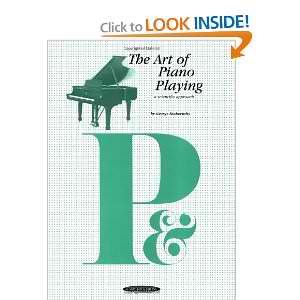
![RT_MNU[2]](https://www.halgalper.com/wp-content/uploads/2012/04/RT_MNU2-300x200.jpg)
![RT_MNU[3]-1](https://www.halgalper.com/wp-content/uploads/2012/04/RT_MNU3-1.jpeg)
